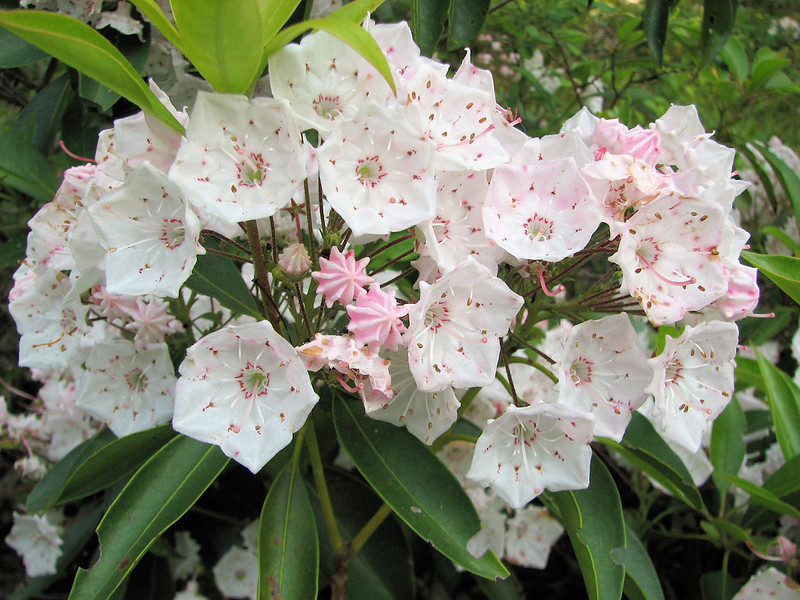
Mountain Laurel Facts
- This stunningly beautiful variety of flora most frequently goes by the largely descriptive common name of the Mountain Laurel. The beauty does have at least two other general names, though. These consist of the somewhat unsual terms of spoonwood and calico-bush.
- In the halls of science, however, it’s perhaps much better known by its technical title. Fortunately, that’s a much simpler term for the layperson to pronounce than most such tend to be. That’s because this natural marvel bears the official moniker of Kalmia latifolia.
- The Indigenous Peoples of its region long knew of its existence, of course. But the first recorded mentioning of the plant by European explorers occurred in the year 1624. Much later, in 1750, the Swedish explorer, Pehr Kalm, sent samples of the amazing flora to his friend.
- That friend was none other than the highly esteemed Swedish botanist, Carl Linnaeus himself. Subsequent to his reception of the delivered specimens, he accomplished the first formal acknowledgement of the magnificent plant as a separate and distinct species of shrub.
- Thankfully, the remarkable Mountain Laurel continues to possess a base population in the wild that’s both stable and sufficient. That pleasant trend further seems to hold true throughout its native range. The IUCN thus currently lists it as Least Concern on its published Red List.
- Yet it nonetheless faces many potential threats to its continued existence as a species. Most of these dangers stem from the actions of humans, like most species on earth today. These perils include such dangers as habitat degradation and loss. It also faces the threat of climate change.
Related Articles

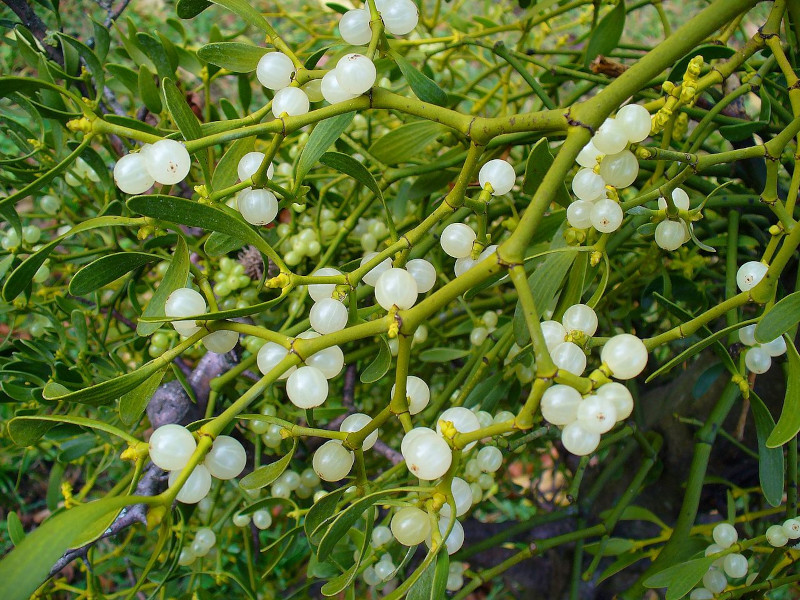
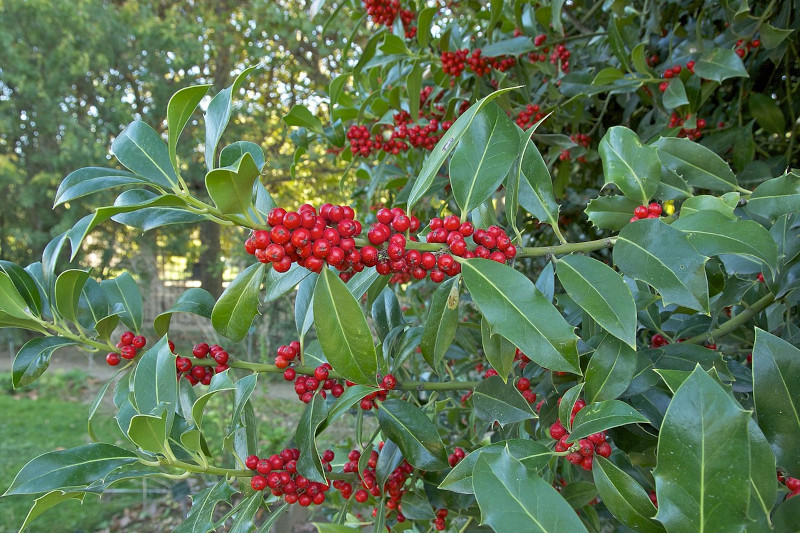
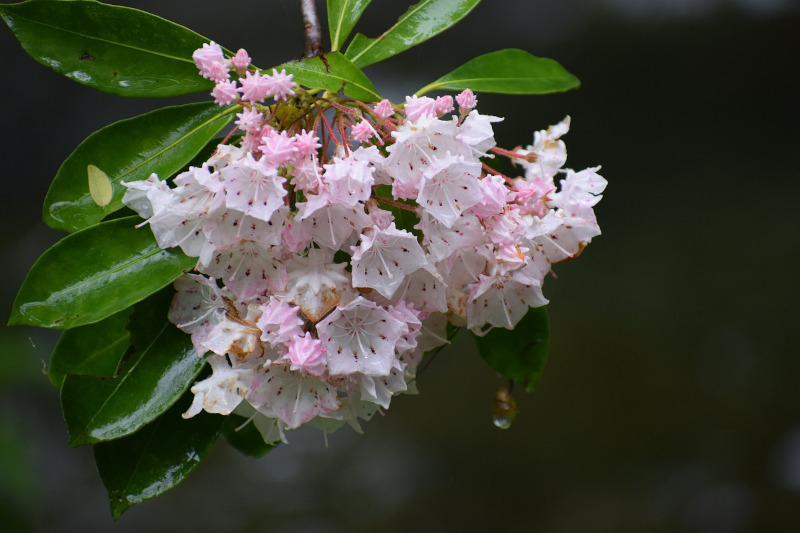
Mountain Laurel Physical Description
The visual splendor known as the Mountain Laurel generally captures the full attention of those fortunate enough to encounter it. While some flora do so due solely to their beauty, this marvel of evolution takes things up a notch. That’s because it also boasts some respectable measurements.
The mesmerizing Angiosperm attains an average height that ranges from roughly a surprising 6.5 – 10 ft (2 – 3m). Under ideal conditions, though, some individual specimens greatly exceed this. In point of fact, the remarkable species remains capable of reaching up to as much as 40 ft (12 m).
Each specimen produces multiple thin, branching trunks. These structures each show many separate stems, even thinner, yet equally branching in structure. Both the trunks and the numerous stems display a mainly smooth surface that ranges in color from light green to light brown with age.
The foliage of this remarkable gift of Nature develops as fully evergreen. These also evolved as notably elongated in shape. But they vary significantly in size from plant to plant. Overall, though, the leaves average 0.75 – 4 in (2 – 10 cm) in length. Their width ranges from 1 – 2 in (2.5 – 5 cm).
While these leaves, themselves worthy of notice, present a deep, waxy green, the flowers of the Mountain Laurel present a vastly different appearance. Astonishingly, these usually appear with a hexagonal shape. Occasionally, however, some examples produce blooms with a hexagonal shape!
These breathtaking flowers undoubtedly represent the most appealing aspect of the plant for most viewers. The impressive Angiosperm produces these in large clusters, suspended from thin stems. Blooms present either bright white or light pink shades, varying from specimen to specimen.
- Kingdom: Plantae
- Phylum: Tracheophytes
- Class: Eudicots
- Order: Ericales
- Family: Ericaceae
- Genus: Kalmia
- Species: K. latifolia
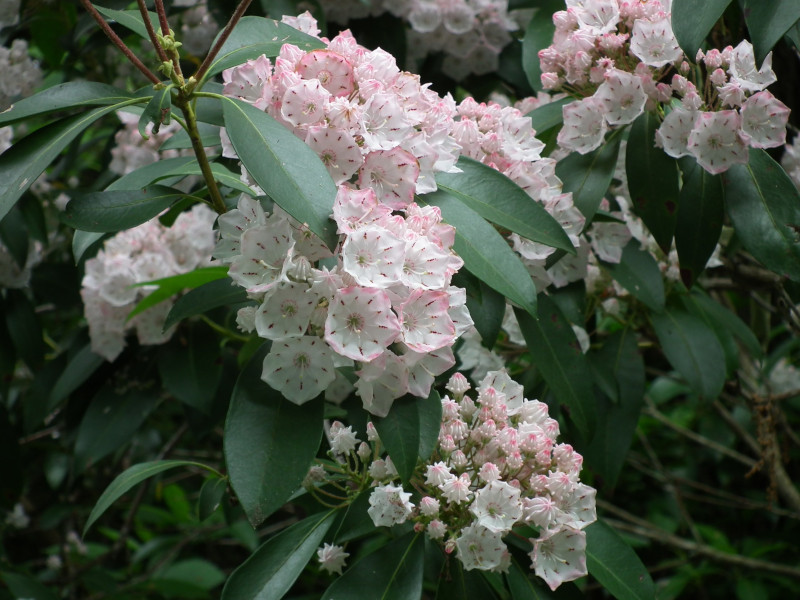
Mountain Laurel Distribution, Habitat, and Ecology
The fabulous Mountain Laurel evolved as indigenous to a zone of habitation that’s reasonable in size, yet also quite specific in its nature. The general location of its presence likely won’t surprise many people, however. That’s true since its native to a portion of what’s now North America.
Within that range, though, the species appears naturally almost exclusively within the borders of the United States. But even there the plant only developed as native to the Appalachian Mountains, and the surrounding regions. A tiny portion of that range also extends as far as Ontario, Canada.
The breathtaking Eudicot also manifests very precise requirements and preferences for its choice of habitat. Those remain reflected in the very name of the flora. It’s evolved to flourish best in the environmental and geographical conditions common to temperate mountainous regions.
The impressively versatile plant typically appears in mountainous forest regions, and on rocky slopes. It also typically prefers soils with a moderately high level of acidity. These frequently include such varied locations as pastures and cool meadows, in addition to the local wooded areas.
The charming Mountain Laurel achieves its pollination through the concerted actions of a great multitude of sources. Like most flowering plants, that includes local bees species. Yet the wonder of creation also attracts a large number of butterflies and hummingbirds to its fragrant blooms.
This ingenious flora also evolved a surprising and extremely unique method of assuring success in this area. The filaments of the stamens in the flower bend under tension as the gorgeous bloom grows. That’s released upon the landing of an insect, thereby forcefully flinging the pollen onto it.
Regardless of its obvious beauty, though, this fabulous species remains quite toxic to many creatures. That includes goats, cattle, deer, horses, and sadly, humans. Despite this, it served several uses in herbal medicine in the past. This included various applications as a natural analgesic.
Species Sharing Its Range
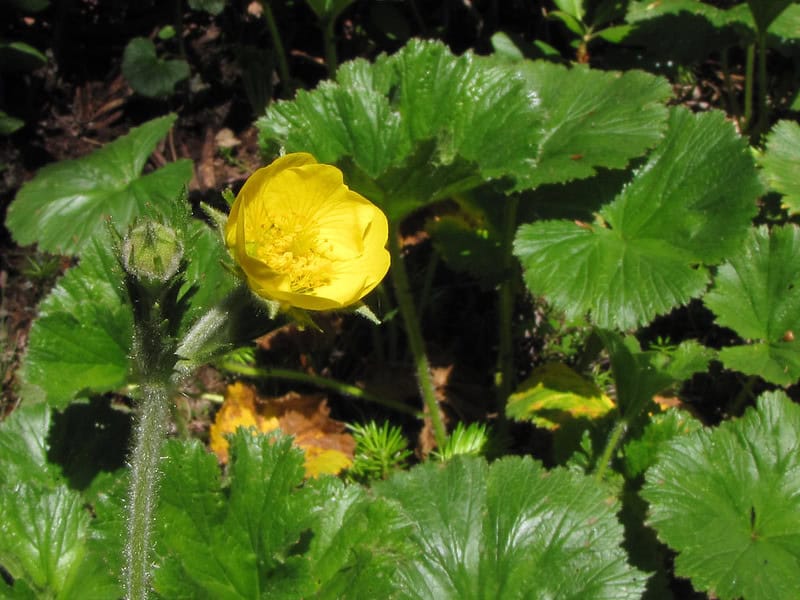
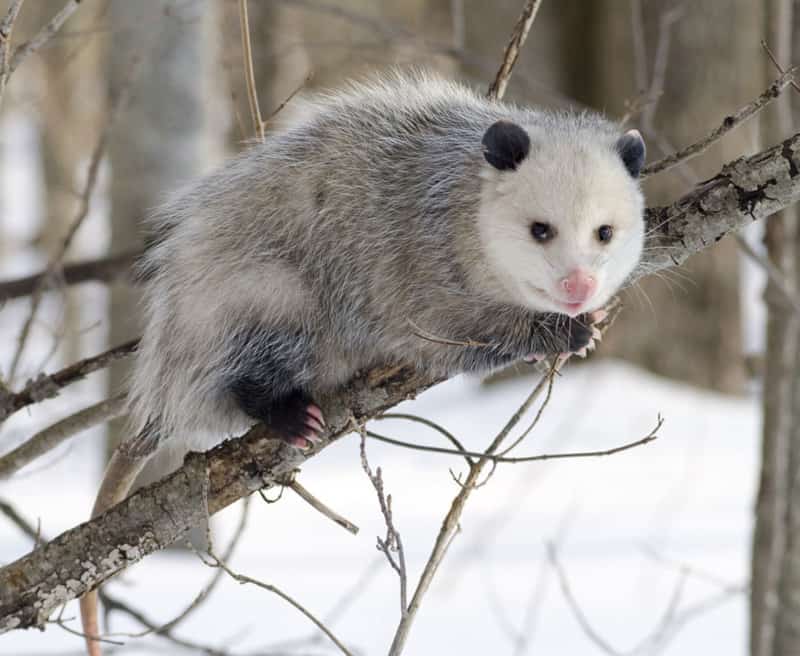
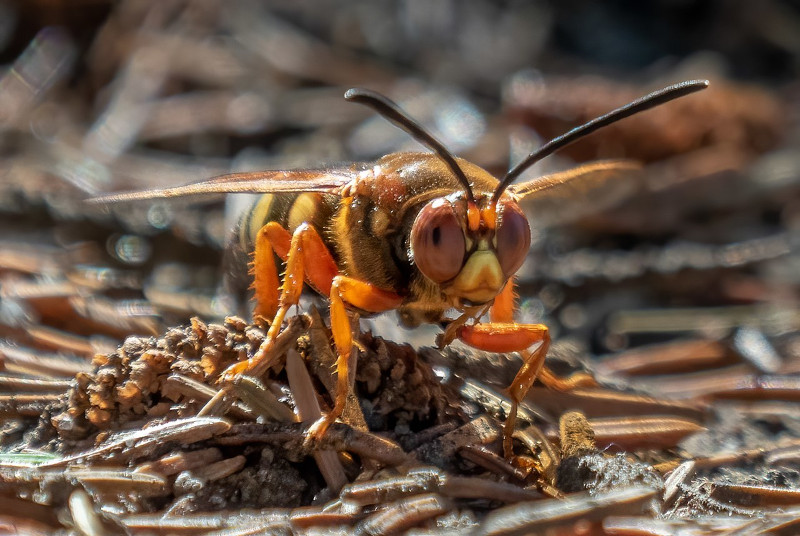
Check out our other articles on 3 Tantalizing Wonders of Tanzania, Striped Skunk, Great Barrier Reef, Axolotl, Halloween Hermit Crab, Wilson’s Bird-of-paradise, Evening Cicada, Black Mamba









Leave a Reply